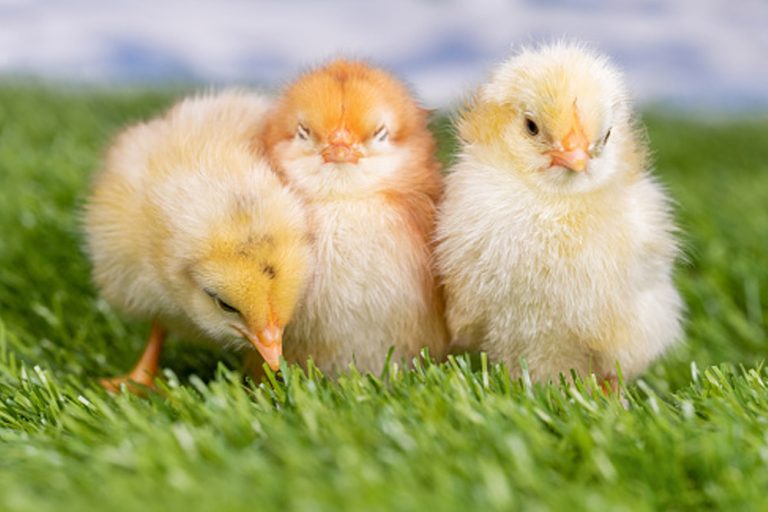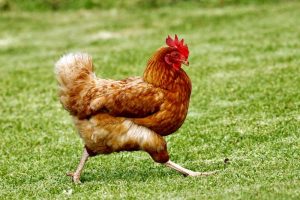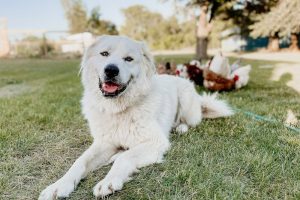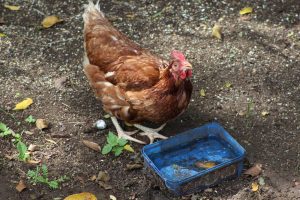City girl that I am, I was slightly bewildered the first time I was told there is not a 100%, sure fire way to get only female birds. (Ok so “slightly bewildered” may be underselling my reaction a bit.)
However, there are physical characteristics and behaviors that can help you in determining the sex of you bird. Cockerels and pullets will exhibit certain behavioral traits, and there are some breeds that will have very specific physical markers. Of course, adult birds have pretty clear differences.
Baby chicks have about a 50/50 chance of being male or female. Even experts are just 90% accurate when sexing chicks. The longer you raise chickens, the easier it will become to pick up on sexing clues. Knowing how many roosters vs. how many hens are in your flock can be very useful.
With that in mind, let’s take a look at a couple of ways for sexing baby chicks:
*Auto-sexing through coloration-for purebred chicks as soon as they hatch! Crossbreeds will have too many variations. Purebred chicks will have specific coloring or placement of color, based on the breed.
*Coloration and/or feather growth-before a chick is 3 days old, sexing might be determined by the growth rate of feathers
*Vent sexing-only to be done by professionals as this is a medical type of exam
*Behavior-understanding characteristics of hens and roosters. Learning typical behaviors for each sex can help you determine, within a few weeks, if you have a hen or rooster.
A solid read on behaviors and physical traits can set you up for a good chance at determining a birds gender. Check out this article from our friends over at Grubbly Farms. My fellow tenders, it’s got some great information on sexing chicks, cockerels, and pullets.
I 100% predict you’ll enjoy it!





.png)

